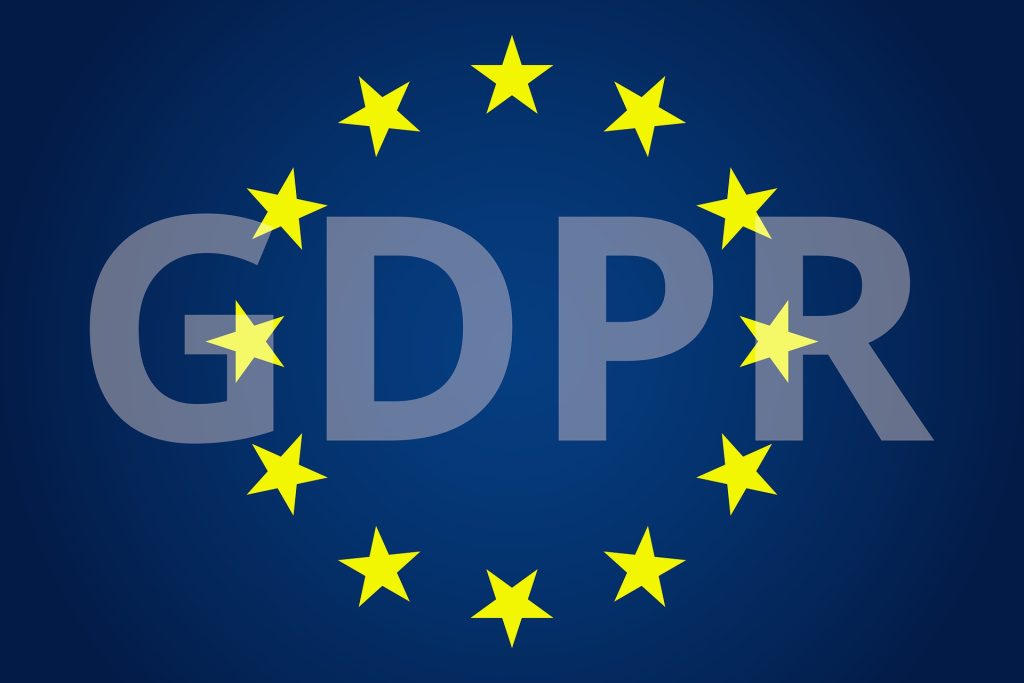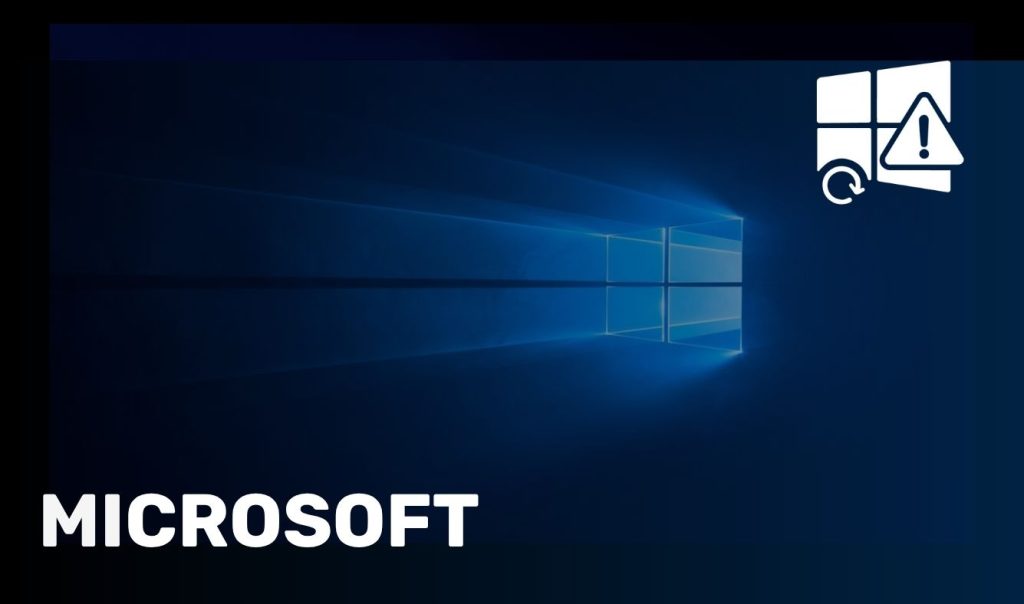The General Data Protection Regulation (GDPR) is a comprehensive data protection law that applies to any organisation processing personal data of individuals in the European Union (EU), regardless of where the company is located. GDPR places strict requirements on how businesses collect, process, and store personal data, giving EU data subjects greater control over their information.
Failure to comply with GDPR can result in severe financial penalties—up to €20 million or 4% of global annual turnover, whichever is higher. Therefore, implementing strong security controls is essential to protect personal data and ensure GDPR compliance.
In this blog post, Creative Networks explore 6 Security Controls for GDPR compliance, your organisation needs to protect data.

6 Security Controls for GDPR Compliance
Identity and Access Management (IDAM)
Data Loss Prevention (DLP)
Encryption and Pseudonymisation
Incident Response Plan (IRP)
Third-Party Risk Management
Policy Management
1. Identity and Access Management (IDAM)
Identity and Access Management (IDAM) is a fundamental security control that ensures only authorised personnel have access to personal data. Implementing IDAM means controlling who can access certain information and limiting that access to what is strictly necessary for an employee’s job function.
Why It’s Important for GDPR:
GDPR mandates that personal data be processed only by individuals who are authorized to do so. By implementing IDAM with the principles of least privilege and separation of duties, you can ensure that only essential personnel have access to sensitive data.
How to Implement:
- Use role-based access control (RBAC) to assign access levels based on job roles.
- Implement multi-factor authentication (MFA) to verify the identity of users accessing sensitive information.
- Regularly audit user permissions to ensure that access remains aligned with job responsibilities.
2. Data Loss Prevention (DLP)
Data Loss Prevention (DLP) tools are designed to monitor and control the movement of sensitive data. DLP is particularly relevant to GDPR as it helps prevent unauthorized access, transmission, or exposure of personal data. By implementing DLP, organisations can detect and prevent potential data breaches before they happen.
Why It’s Important for GDPR:
Under GDPR, businesses are responsible for protecting the personal data they collect. If data is lost or stolen, companies can be held liable. DLP tools provide technical safeguards to prevent unauthorised data sharing and protect against data breaches.
How to Implement:
- Deploy DLP software that monitors the flow of personal data within and outside your network.
- Set up policies to restrict unauthorized email attachments or data transfers that contain sensitive personal data.
- Use DLP to block or encrypt personal data sent through unsecured communication channels.
3. Encryption and Pseudonymisation
Encryption and pseudonymisation are key techniques for protecting personal data. Encryption involves encoding data so that it can only be read by those with the correct decryption key, while pseudonymization replaces identifying information with pseudonyms or tokens, reducing the risk of exposure.
Why It’s Important for GDPR:
GDPR encourages organisations to use pseudonymisation and encryption to mitigate risks in case of a data breach. These techniques make personal data harder to identify or use maliciously, reducing potential penalties and damage in the event of a breach.
How to Implement:
- Use encryption for personal data at rest (stored data) and in transit (data moving across networks).
- Apply field-level encryption for databases containing personal information.
- Use pseudonymisation to anonymise personal data, making it unusable without additional information.
4. Incident Response Plan (IRP)
Having a comprehensive Incident Response Plan (IRP) is critical for managing data breaches under GDPR. The IRP outlines how your organisation will detect, respond to, and recover from security incidents, including data breaches involving personal data.
Why It’s Important for GDPR:
GDPR has strict breach notification requirements. Organisations must notify the relevant supervisory authority within 72 hours of becoming aware of a breach, and in high-risk cases, inform affected data subjects. A well-structured IRP ensures that you can meet these requirements and minimise damage.
How to Implement:
- Develop an incident response plan that covers breach identification, containment, eradication, recovery, and lessons learned.
- Assign a Data Protection Officer (DPO) to oversee the response process and ensure compliance with GDPR’s reporting timelines.
- Conduct regular drills to test your organization’s preparedness for data breaches.
5. Third-Party Risk Management
GDPR compliance is not limited to your internal processes; it also applies to any third-party processors who handle personal data on your behalf. It’s essential to ensure that your third-party service providers comply with GDPR, as both the controller and processor can be held liable for data breaches.
Why It’s Important for GDPR:
Under GDPR, organisations are responsible for ensuring that their third-party vendors and service providers follow data protection requirements. If a breach occurs at a third-party processor, the controller can still be held accountable.
How to Implement:
- Perform due diligence on third-party vendors by assessing their security policies and GDPR compliance.
- Include data protection clauses in contracts with processors, outlining their responsibilities under GDPR.
- Regularly review and audit third-party vendors to ensure ongoing compliance.
6. Policy Management
Effective policy management is key to maintaining GDPR compliance. Your organisation must establish clear policies regarding data collection, processing, storage, and protection. These policies should cover all aspects of data security, including access control, breach notification, and employee training.
Why It’s Important for GDPR:
GDPR requires organisations to implement documented policies that demonstrate their commitment to data protection. Clear policies ensure that employees understand their roles and responsibilities in protecting personal data.
How to Implement:
- Develop comprehensive data protection policies that align with GDPR requirements.
- Ensure organisation-wide buy-in by communicating policies clearly and providing relevant training.
- Regularly update policies to reflect changes in the regulatory landscape and cybersecurity best practices.
Contact Creative Networks Today
Achieving GDPR compliance involves more than just checking a few boxes; it requires a proactive approach to protecting personal data. Implementing these Six Key Security Controls—from IDAM and DLP to incident response planning and third-party risk management—will significantly reduce your organization’s risk of data breaches and ensure compliance with GDPR’s strict data protection standards.
By putting these controls in place, your organisation not only safeguards the personal data of EU data subjects but also builds trust with customers, partners, and stakeholders.
Need help implementing these GDPR security controls?
Contact Creative Networks today for expert advice and solutions to secure your organization’s data and ensure compliance with GDPR.




